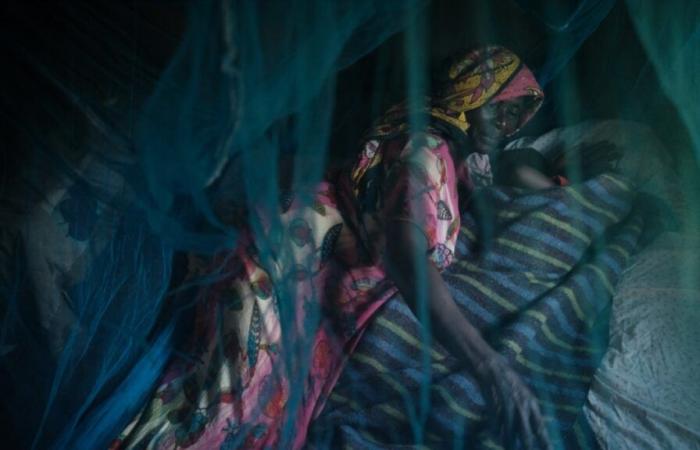The main vector of malaria in Indian and Iranian cities, the species was spotted for the first time in Africa in Djibouti in 2012. This small country in the Horn of Africa, which had then almost eradicated the disease (27 cases this that year), then saw the number of cases start to rise again, reaching more than 70,000 in 2020.
It then arrived in neighboring Ethiopia, triggering, according to the WHO, a “unprecedented increase” in the number of cases, increasing from 4.1 million and 527 deaths last year to 7.3 million cases and 1,157 deaths between January 1 and October 20, 2024.
This mosquito, which breeds in urban water tanks, gutters and air conditioning equipment, is very resistant to insecticides and bites earlier in the evening than other species, calling into question the role of mosquito nets, a tool the most effective so far against the disease.
“The invasion and spread of Anopheles stephensi has the potential to upend the malaria landscape in Africa and reverse decades of progress in the fight against this disease”estimates Meera Venkatesan, head of the malaria division within the American Agency for International Development (USAID).
Africa accounted for 95% of the 244 million cases and 608,000 deaths due to malaria worldwide in 2022, according to the most recent data from the World Health Organization.
“Research needed”
Experts fear that this urban mosquito could reach densely populated cities like Mombasa, Kenya’s second city, and Khartoum, Sudan’s capital. According to a 2020 study, it could affect 126 million urban dwellers across Africa. Just a month ago, Egypt was declared malaria-free by the WHO after more than a century of fighting the disease – a status that could be threatened if Anopheles stephensi arrives.
Many unknowns remain about this species. Its presence was confirmed in Kenya at the end of 2022 but for the moment it seems to have remained in hot and dry areas, without reaching Nairobi, the capital located at high altitude.
“We do not yet fully know the biology and behavior of this mosquito”underlines Charles Mbogo, president of the Pan-African Mosquito Control Association: “It’s possible that it’s climate-related and needs high temperatures. Much more research is needed.” According to Mr. Mbogo, more funding must be mobilized to capture and study these mosquitoes and to raise awareness of prevention measures, such as covering water containers.
Multiple threats
The risk of further spread of the disease comes on top of other worrying trends, such as treatment-resistant malaria seen in Uganda, Rwanda, Tanzania and Eritrea. “The arrival of resistance (to drugs) is imminent”says the head of tropical and vector-borne diseases in Africa at the WHO, Dorothy Achu, stressing that the WHO is working with the countries concerned to diversify treatment programs and delay this phenomenon.
A new variant of malaria is also evading tests used to diagnose the disease. “Increased transmission caused by Stephensi could potentially contribute to accelerating the spread of other threats”believes Meera Venkatesan. Faced with the lack of coordination between African governments, the WHO is working to develop “a more continental approach”underlines Ms. Achu.
For Mr. Mbogo, what is needed above all is “greater political will”. “We share information as scientists with colleagues from neighboring countries”he emphasizes. “But we have to reach a higher level.”






